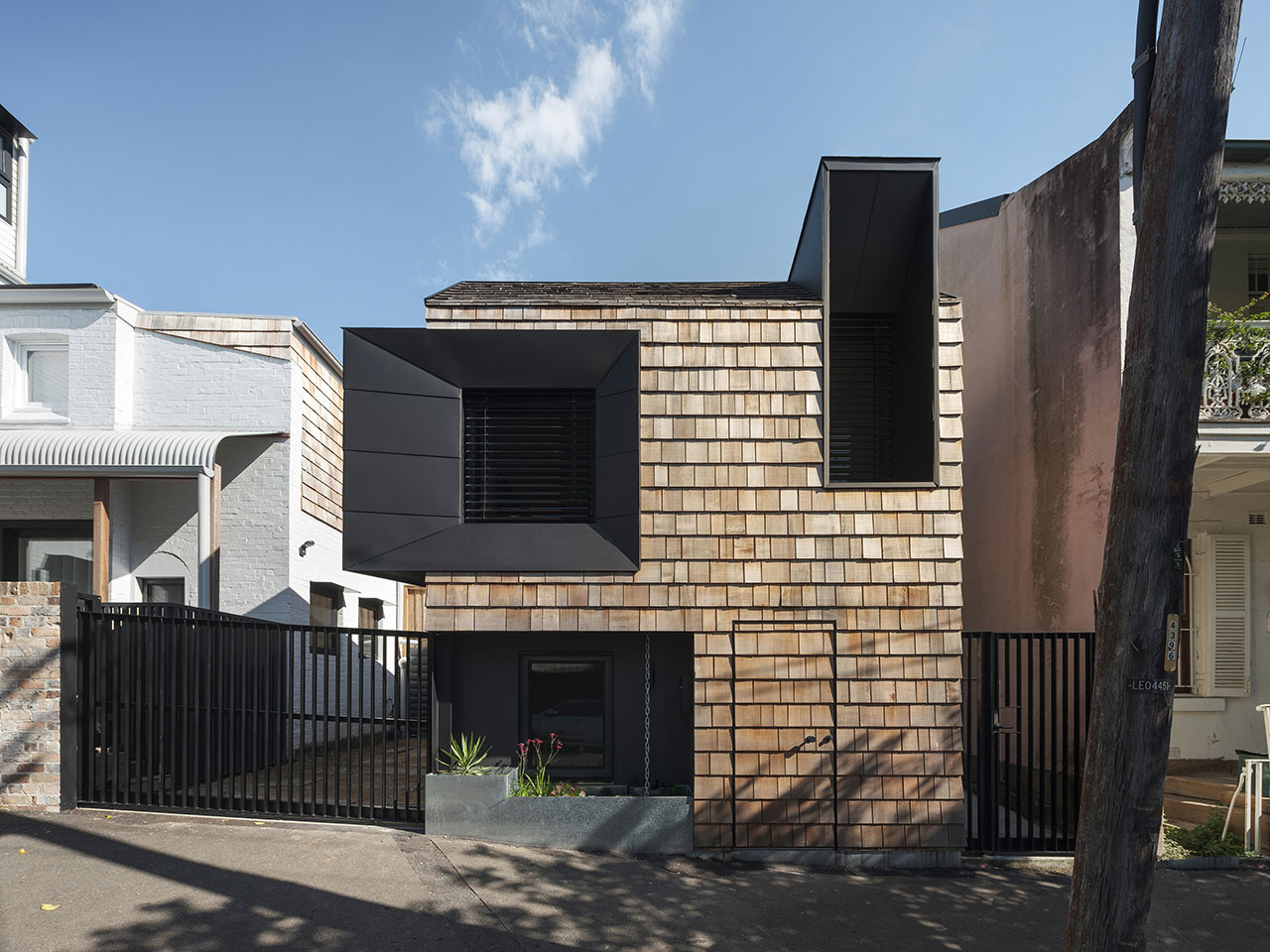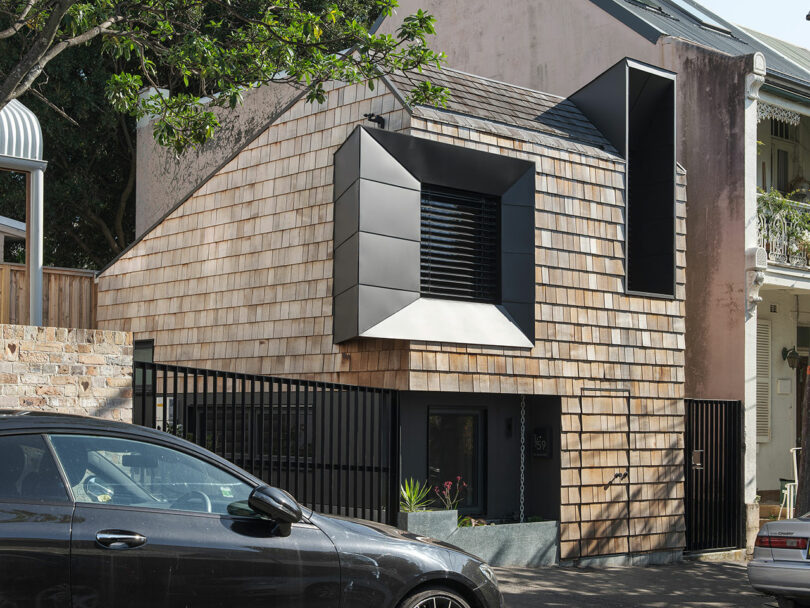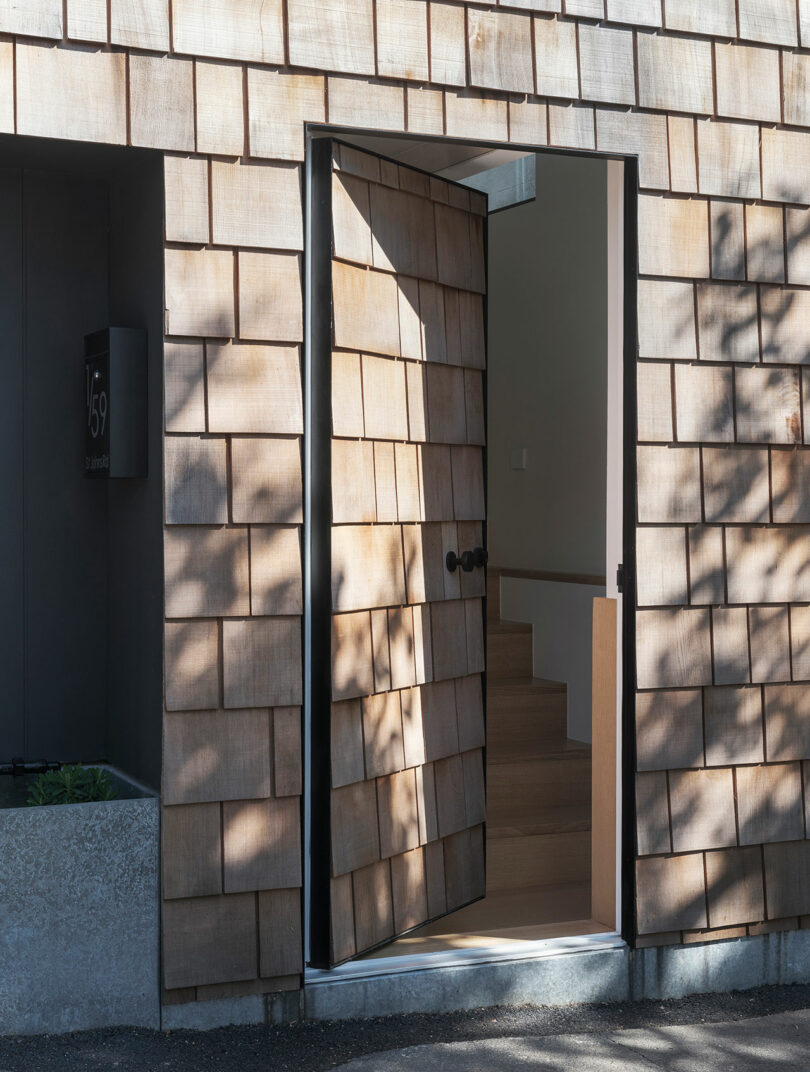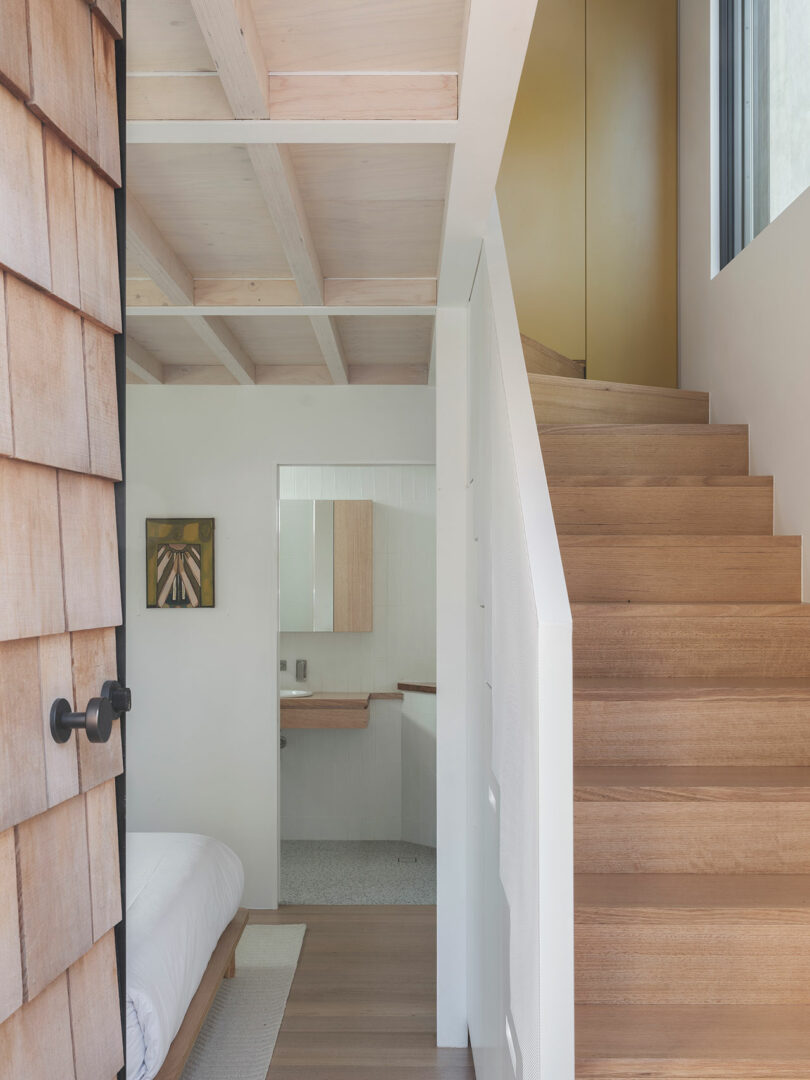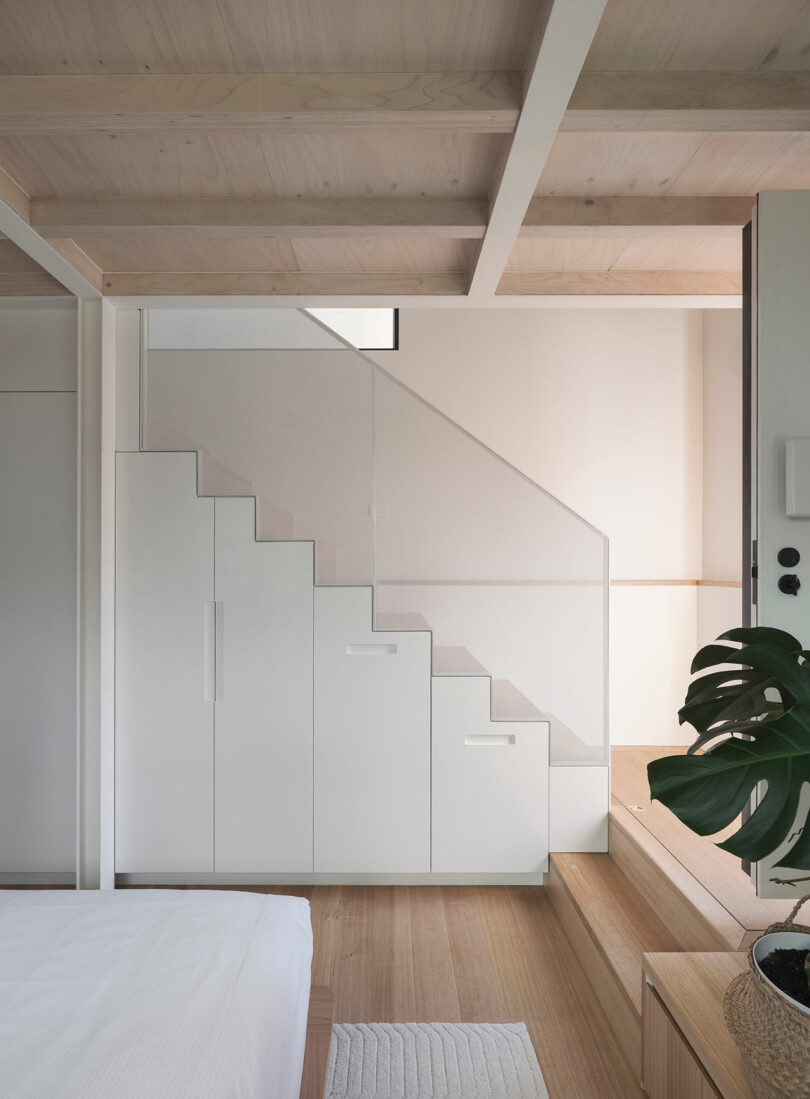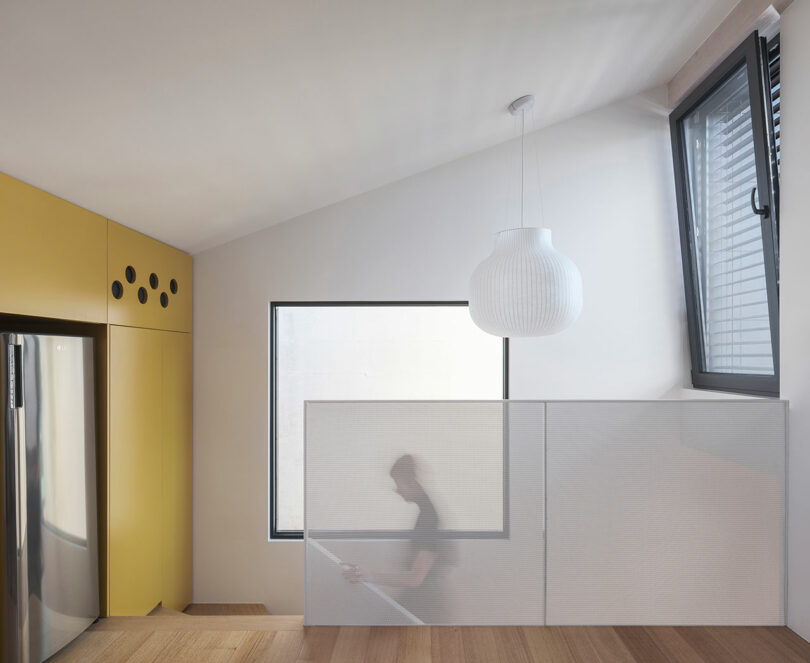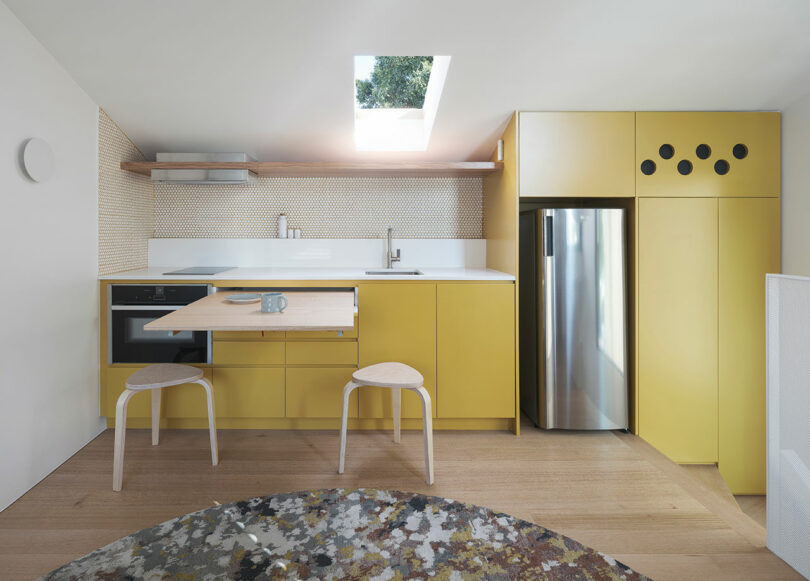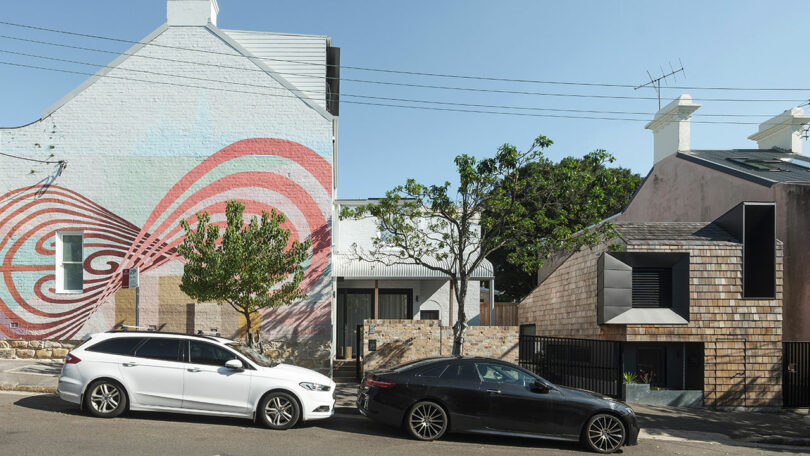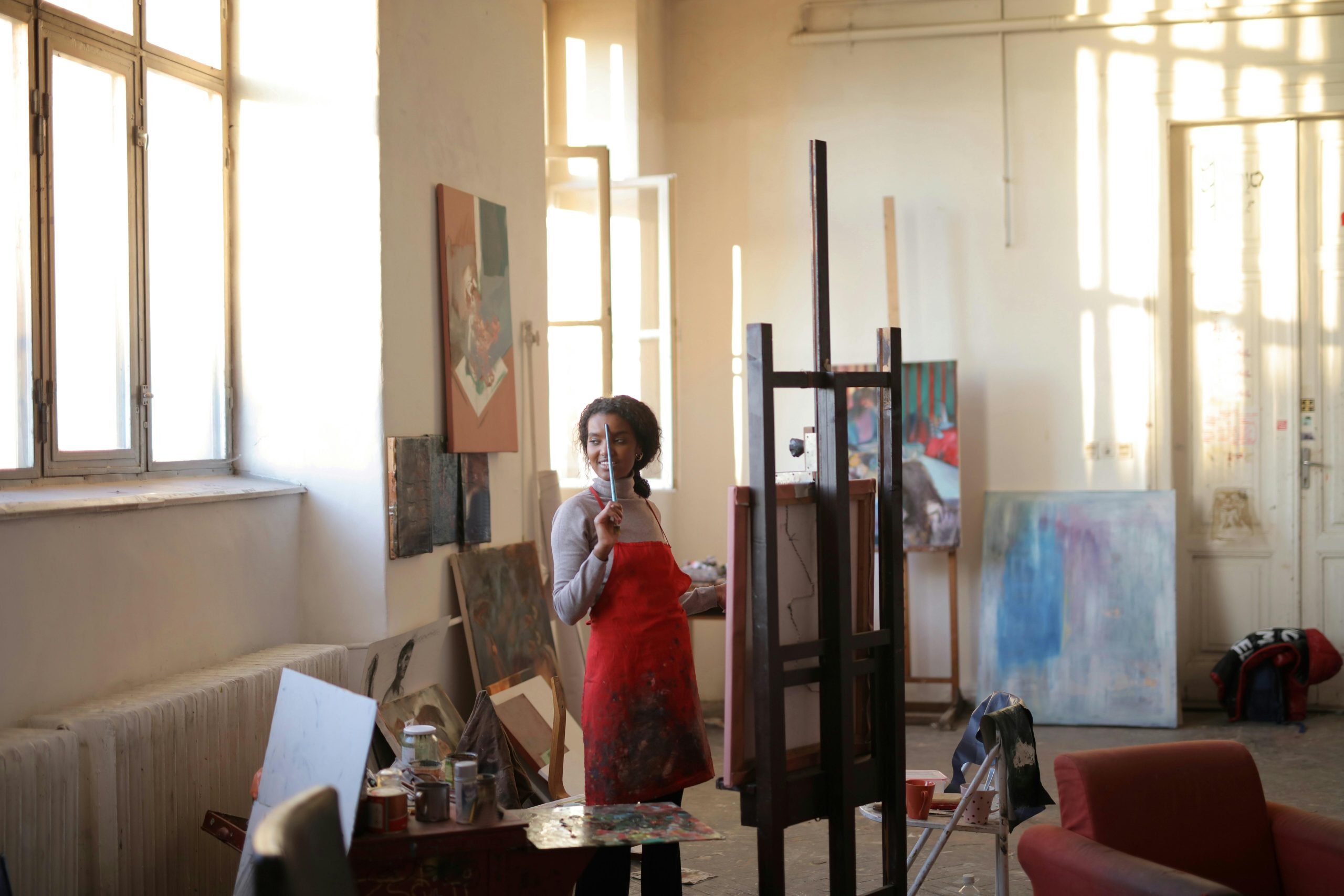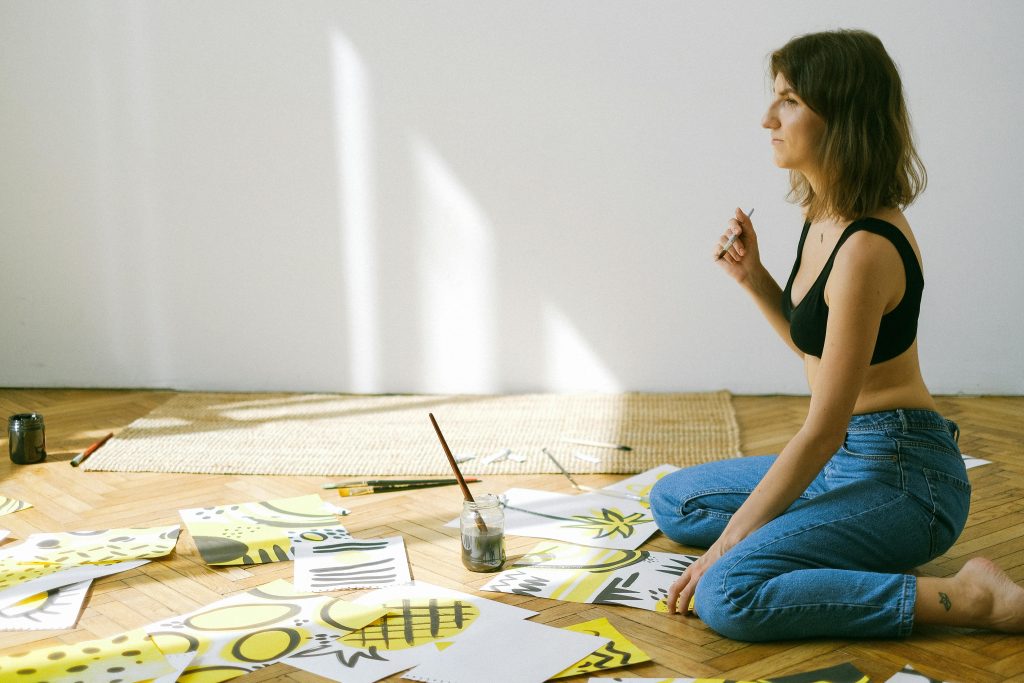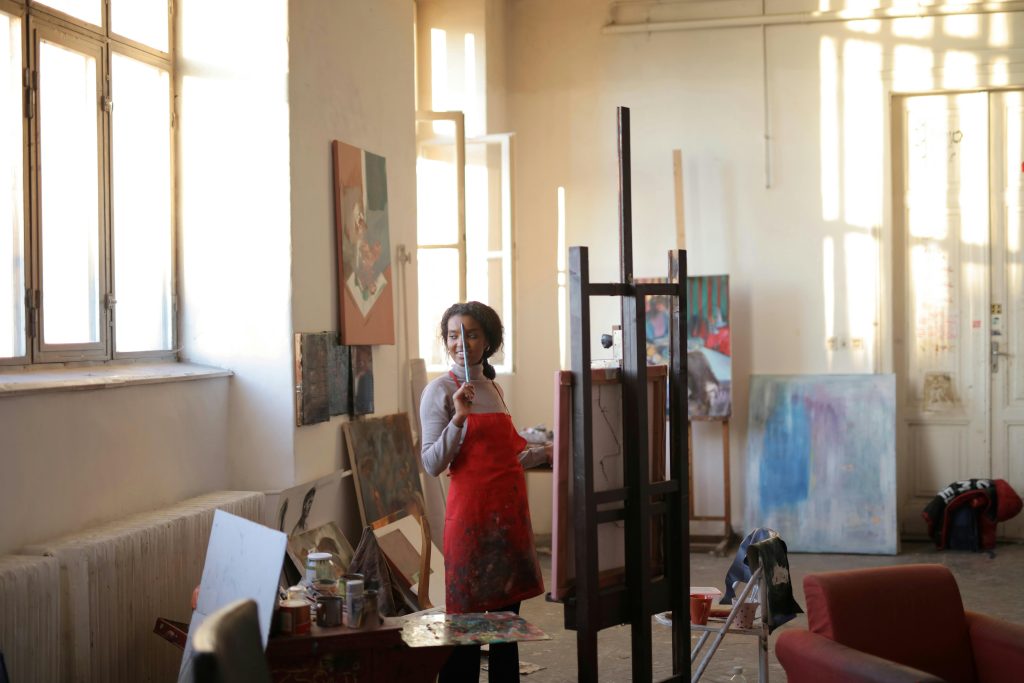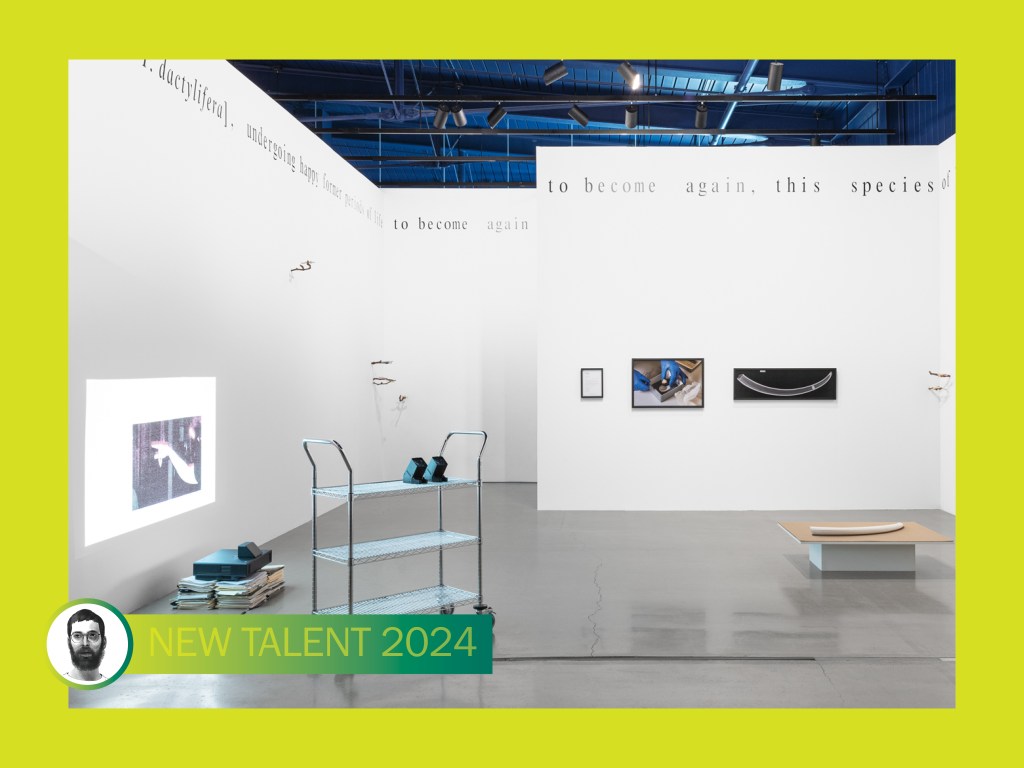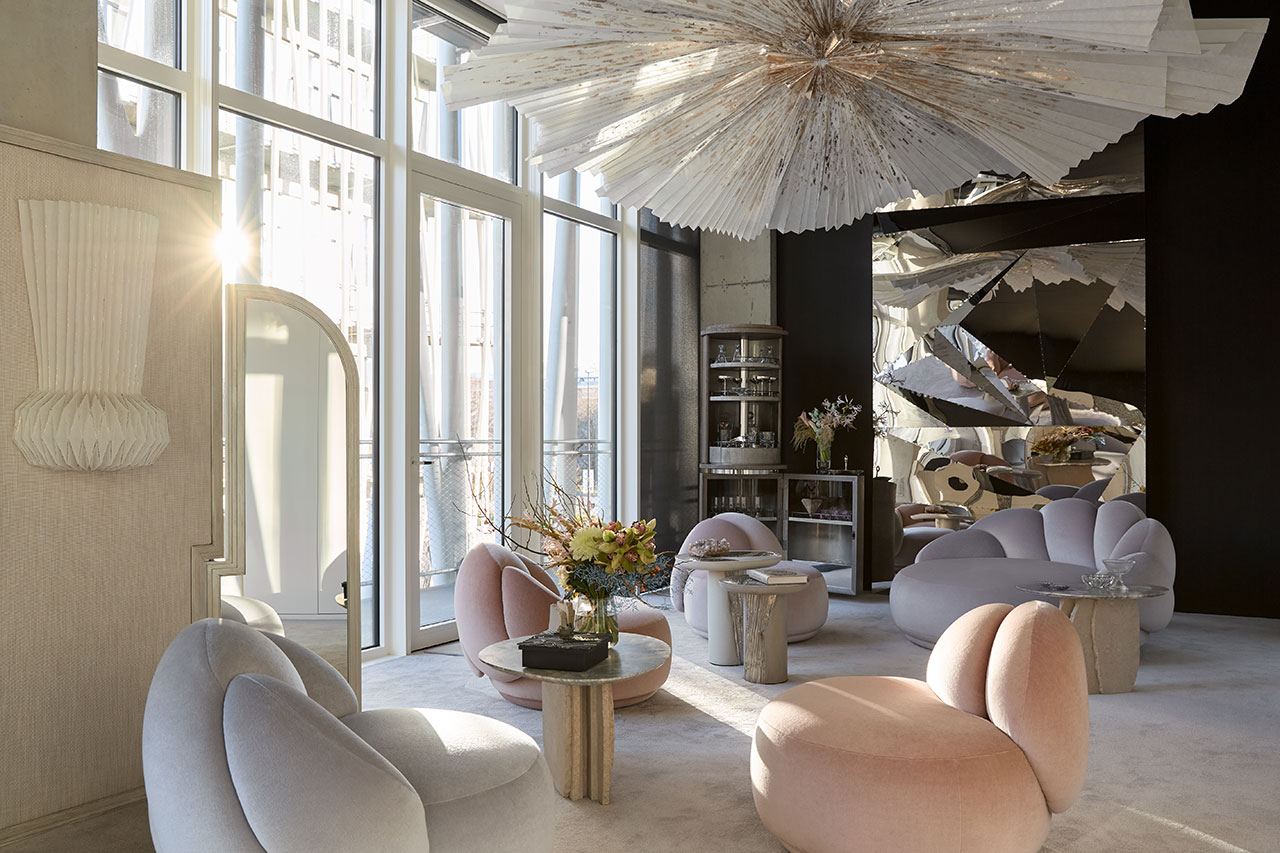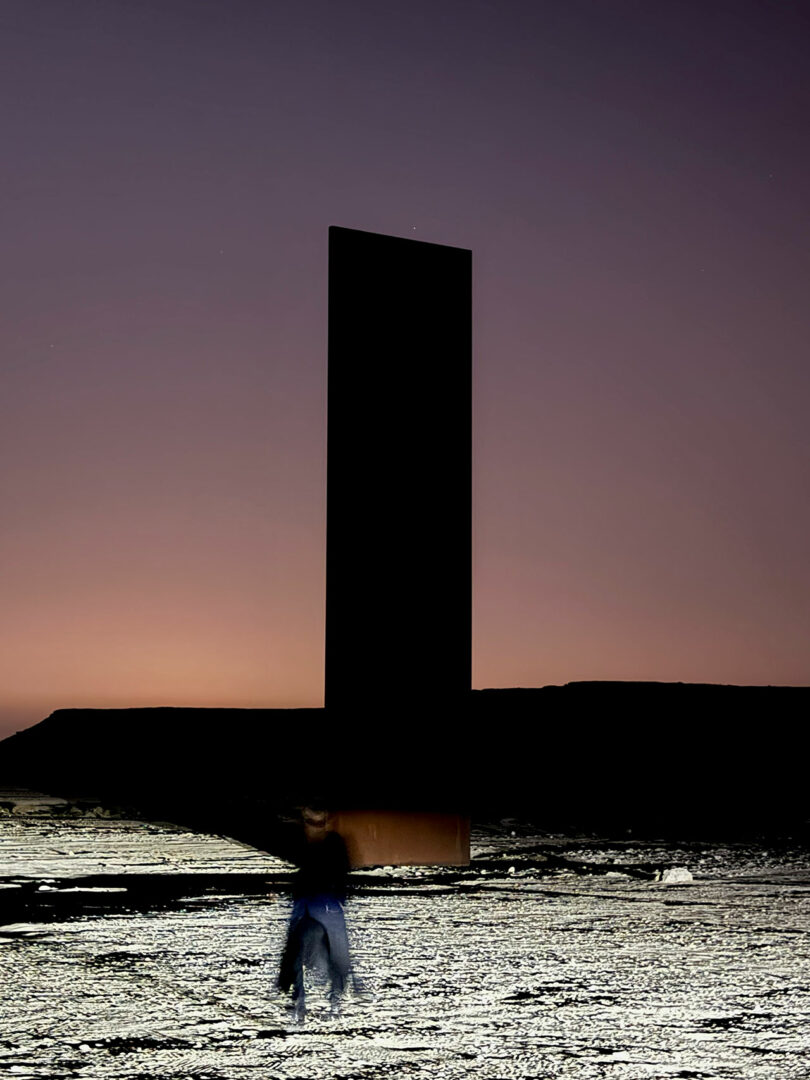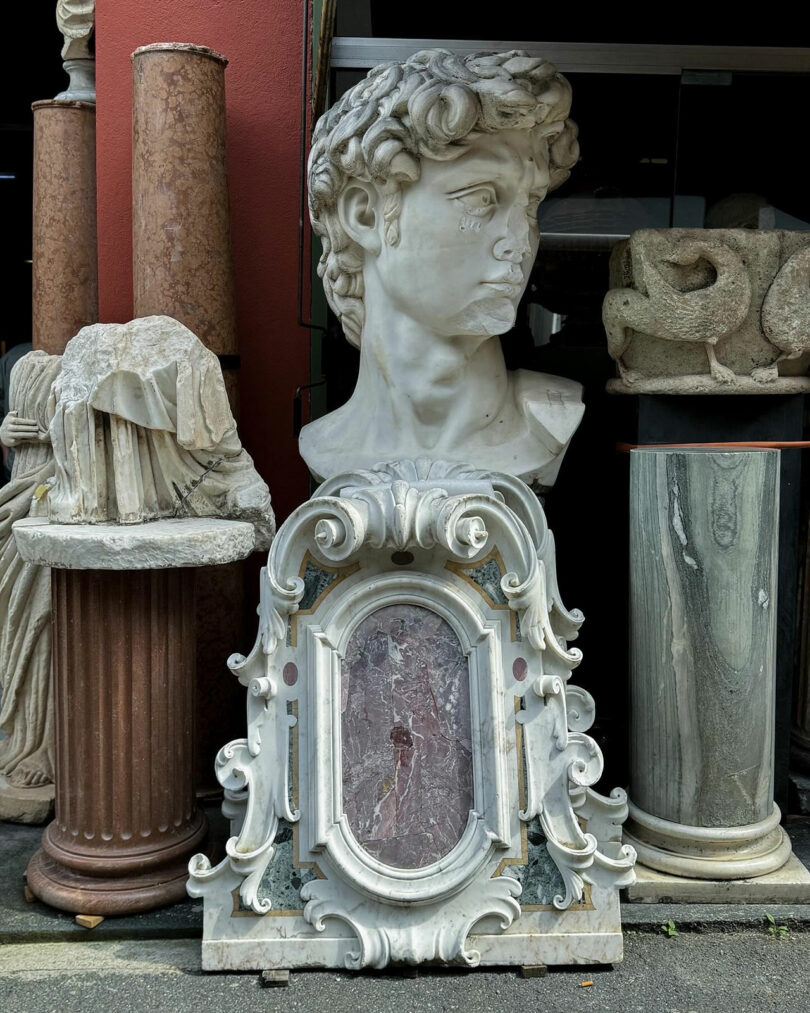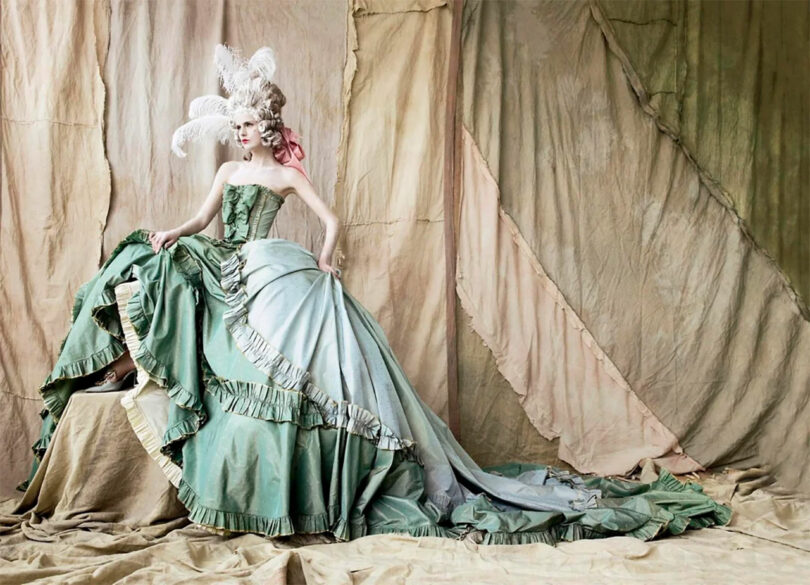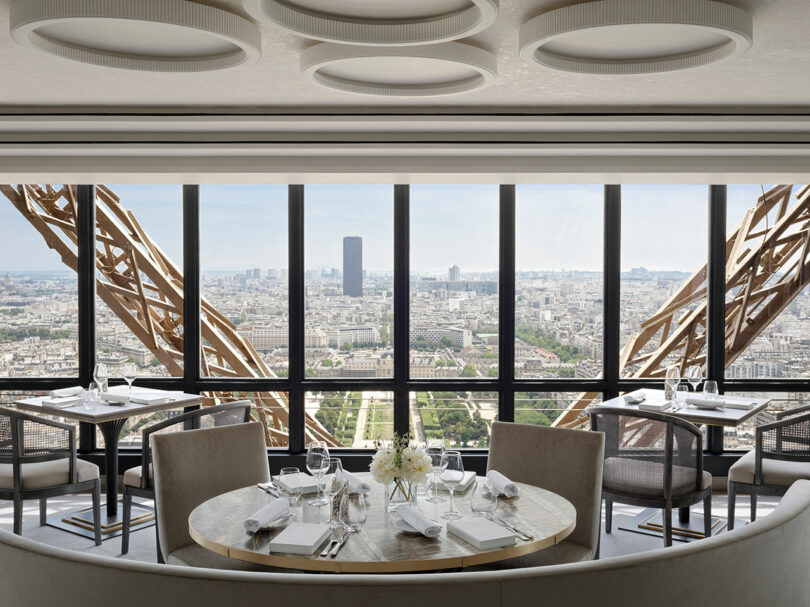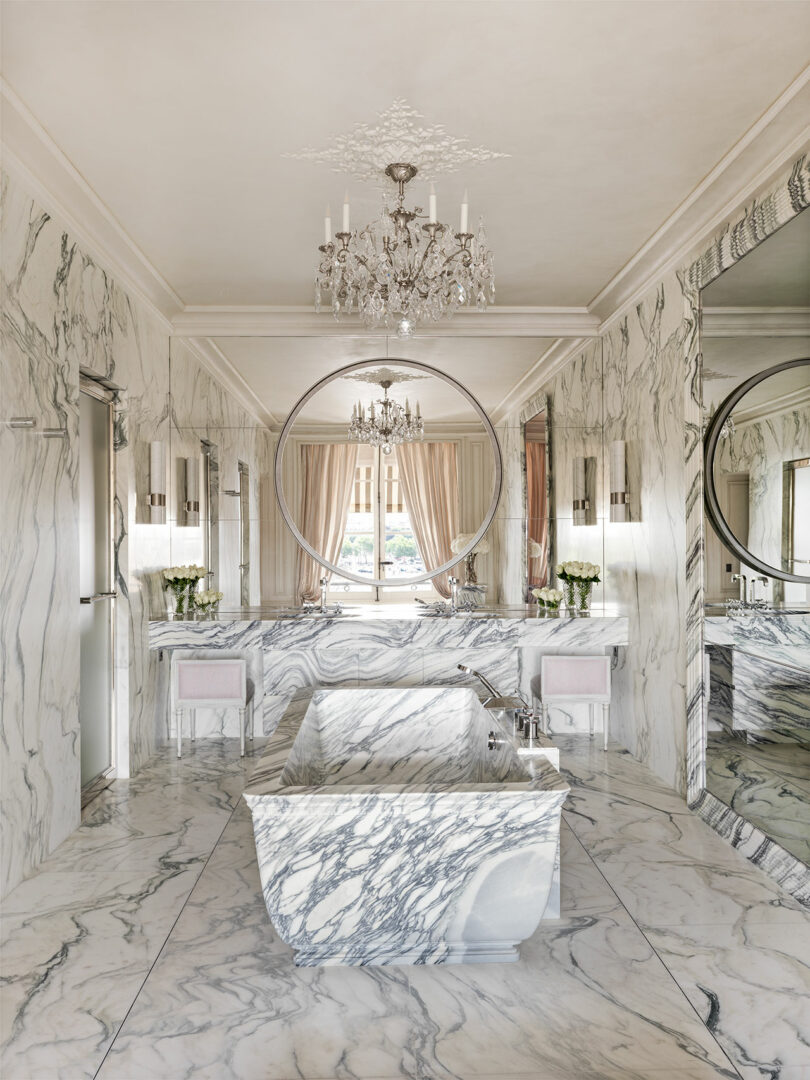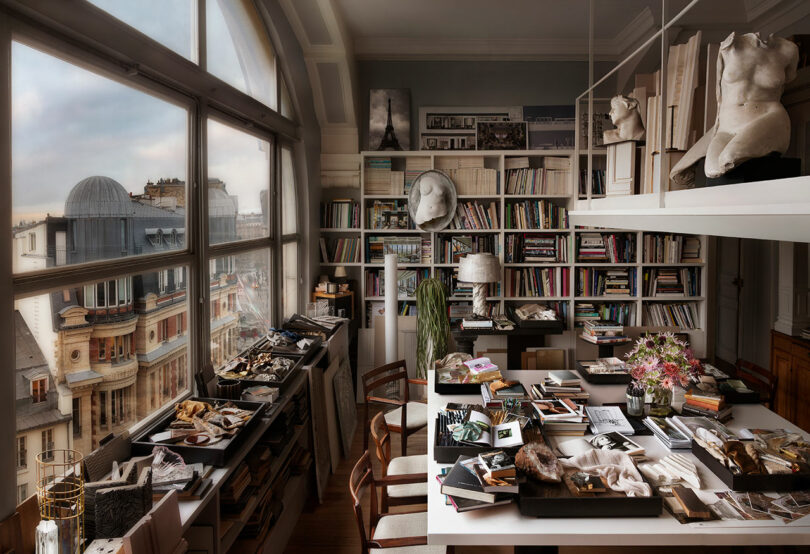On October 21 1964, the iconic and much-celebrated film My Fair Lady premiered in Hollywood. Sixty years later, the film remains an enjoyable rollick full of catchy songs, but is not a wholly accurate depiction of what linguists do – certainly not nowadays at least.
Linguists are far from the academics who are most frequently depicted in films. It’s normally the white-coat, work-in-a-lab, scientist-of-some-nondescript-sort professors who get to give stark warnings or unsettling research insights to the maverick protagonist. But My Fair Lady is a film all about linguistics (and also class, love and terrible Cockney accents – more on that later).
In the film, Professor Henry Higgins (Rex Harrison), takes under his wing a Cockney flower seller called Eliza Doolittle (Audrey Hepburn). He wagers with his friend and fellow haughty linguist, Colonel Pickering, that he can teach her to speak “properly”.
It seems at first there is no hope but – hoorah! – Eliza finally grasps it, suddenly blurting out “the rain in Spain stays mainly in the plain” in a perfect imitation of Queen’s English.
[embed]https://www.youtube.com/watch?v=xmADMB2utAo[/embed]
Doolittle then dazzles at an embassy ball, the perfect replica of an upstanding posh woman – or, as the film’s title suggests, a “lady” (itself a problematic word which encodes sexist tropes about what should be aspirational and respectable for women).
She even fools a man who has made a name for himself by identifying imposters based on their accent. Though, you may also wonder if she evades detection by barely speaking at the ball, converted into a demure and unforthcoming shadow of her previously forthright, unapologetic and garrulous self.
Professor Higgins: not your typical linguist
My Fair Lady avoids the common pitfall of assuming that the primary endeavour of the linguist is to learn as many different languages as they can, collecting them like stamps (the film Arrival can take note). But it still doesn’t get our job quite right.
I, for one, have never groomed a young, destitute woman to speak “correctly” while moulding her into a “respectable”, posh woman (if only modern academia granted the breathing space for such folly).
Linguists love, celebrate and are constantly itching to understand, study and explore the diverse tapestry of accents, dialects and languages that exist in the UK and around the world. We have no interest in reinforcing any societal ideal for a supposedly “correct” accent, or throwing a grammar rule book at unwitting members of the public.
By contrast, Higgins is repulsed by any accent that is not Queen’s English (which, by a wonderful turn of luck, is also his accent). In the opening number, he has a pop at the dialects of Yorkshire, Cornwall, America, Scotland and Ireland.
[embed]https://www.youtube.com/watch?v=EAYUuspQ6BY[/embed]
But he is particularly dismayed and repulsed that Doolittle, despite being from London, has a strong London accent (or she is meant to at least – I can only imagine Hepburn was instructed to open her mouth as wide as possible for all vowels and caw like a crow if all else fails).
Higgins makes various proclamations which will have you shouting at the telly, “Steady on, Professor!”. In his words:
Look at her, a prisoner of the gutter / Condemned by every syllable she ever utters / By right, she should be taken out and hung for the cold-blooded murder of the English tongue.
Best not tell him “hanged” is the past tense of “hang” when referring to capital punishment, else he walk himself straight to the gallows.
With a little bit of accent prejudice
The real beast in disguise at the embassy ball is not young, Cockney, Eliza Doolittle. It is misogyny and contempt for the working class that hides behind a mask of maintaining good standards and protecting the English language.
It is no coincidence that women and working-class people (and Cockneys who are often seen as emblematic of the working class) often bear the brunt of accent prejudice.
Accent prejudice is a smokescreen for broader societal prejudice. My Fair Lady seems antiquated and quaint in many ways – like Higgins using a gramophone to play back recordings of Doolittle – but accent prejudice is alive and well.
Women in the UK such as Alex Scott, Angela Rayner and Priti Patel still routinely face criticism, commentary and contempt for their regional accents.
Read more:
Ask or aks? How linguistic prejudice perpetuates inequality
You might think that the film’s lesson is for Doolittle to take on the world with her freshly mastered “standard” accent. After all, she consented to being ridiculed and paraded around like a show dog as she felt her accent prevented her from getting a job in a flower shop. Now, nothing stands in her way.
But people should not have to change their accent to get along – and it is not always possible or even a guaranteed ticket out of discrimination. If we take the accent out of accent prejudice, we are still left with the prejudice – let’s remove the prejudice and be left with the accent.
We need more unapologetically working-class women with regional accents at the embassy ball, but also in politics, academia, in the media and in all walks of life.
In the film, Doolittle ultimately feels she has been used and disrespected, leading her to sour on Higgins. After she leaves, he grows to miss her and wistfully plays back recordings of her voice.
And this is the real lesson for viewers today. Higgins has gotten to know Doolittle as a person and now sees beyond her accent and his own prejudice. The more we hear people with regional accents, the more normal and uneventful it becomes, and the more we will focus on what they say and not how they say it.


